Current Members are invited to vote to elect new Board Members at our Annual Members Meeting
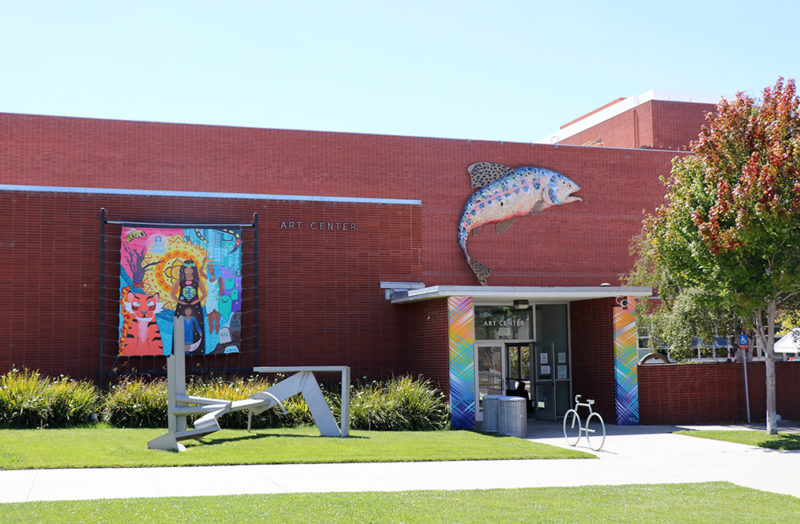
Current Members are invited to vote to elect new Board Members at our Annual Members Meeting At the Annual Members’ Meeting meeting there will be a ballot to elect new members to the Board of Directors. There will also be a vote to make amendments to Richmond Art Center’s By-Laws. All current Richmond Art Center members […]
East Bay Express: Home Is Where the Art Is
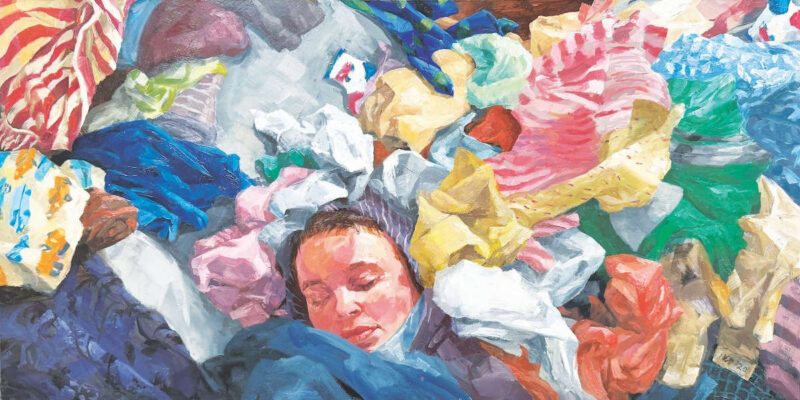
Article weblink: https://eastbayexpress.com/home-is-where-the-art-is/ East Bay Express Home Is Where the Art Is Exploring ‘home’ at Richmond Art Center By Janis Hashe Jun 4, 2024 The concept of “home” is baked into human DNA. “There’s no place like home,” says Dorothy as she clicks her heels to return to Kansas. But, wrote seminal American writer Thomas […]
Richmond Derivations – Call for contributions

Richmond Derivations – Call for contributions Artist Quinn Keck is collecting words, stories, poems, and images for a project that will be part of the Right Here Right Now exhibition opening at Richmond Art Center in September 2024. Community members are invited to submit their memories and moments of Richmond to be included in a new artwork that will be […]
Press Release: Announcing ‘The View from Here’ and ‘Richmond Open Studios Preview Exhibition’
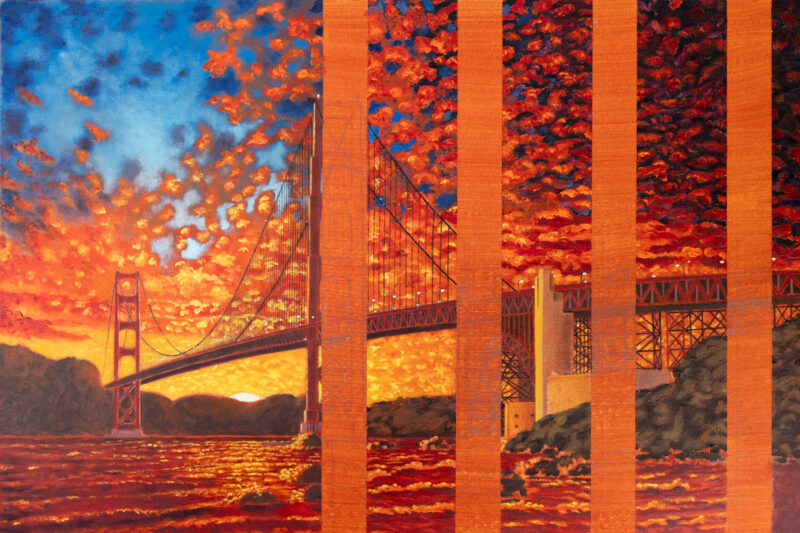
FOR IMMEDIATE RELEASEMonday, June 3, 2024 ANNOUNCING:Summer Exhibitions at Richmond Art Center July 3 – August 17, 2024Opening Reception: Saturday, June 29, 1pm-3pmRichmond Art Center, 2540 Barrett Avenue, Richmond, CA 94804Gallery Hours: Wednesday-Saturday, 10am-4pmExhibitions and events are all free and no rsvp is necessary Richmond, CA: Artists living and working in Richmond, as well as incarcerated artists, will present […]
Important Parking Notification during RPAL’s Juneteenth Carnival
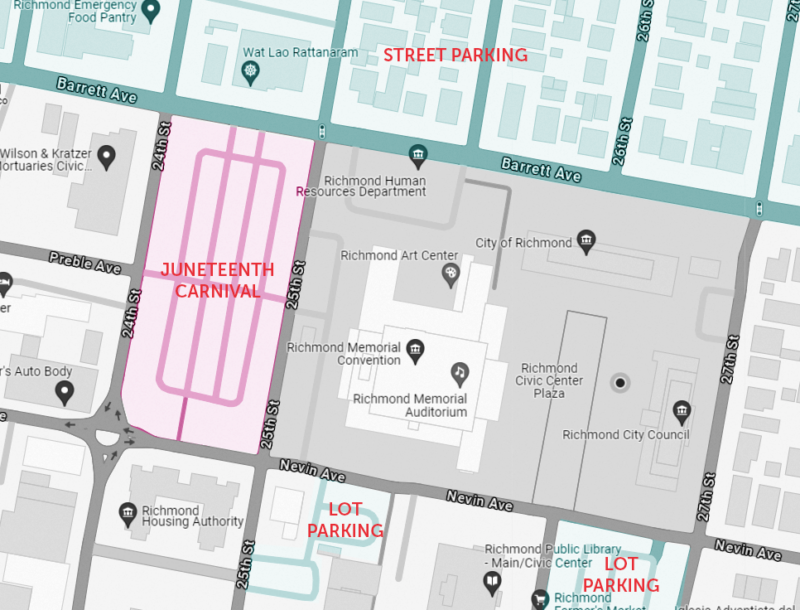
Important Parking Notification during RPAL’s Juneteenth Carnival RPAL’s Juneteenth Carnival Set-Up through Deinstall: Monday, June 9, 12am (midnight) – Monday, June 17, 5pm Carnival: Friday, June 14, 5pm – Sunday, June 16, 11pm Starting Sunday, June 9 at 12am (midnight) through Monday, June 17, 5pm the City parking lot opposite Richmond Art Center (on the […]
Point Molate Artist Talk and butohBuddies Performance

Point Molate Artist Talk and butohBuddies Performance Saturday, February 24, 2024, 1pm This video highlights the Point Molate artist discussion led by ARTSCCC Executive Director Jenny E. Balisle, followed by a performance by the butohBuddies. Artists: Rebeca García-González, Irene Wibawa, Tony Tamayo butohBuddies: Ruth Ichinaga, Kiyono Kishi, Lipton Mah, Nina Moore, and Irene Wibawa
We Were There Too! Year of the Panther Cub
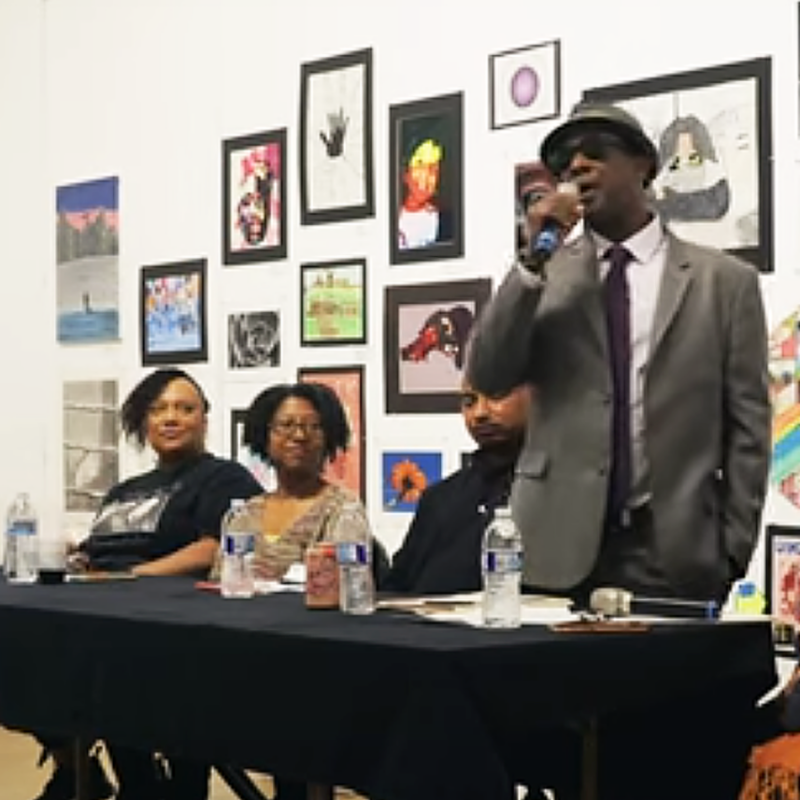
We Were There Too! Year of the Panther Cub Event: Saturday, April 13, 12pm-3pm This special event was organized by Meres-Sia Gabriel, Life-Changing Writing, for children of the Black Panther Party to share their stories.
Vote for Richmond Art Center

Vote for Richmond Art Center! We’re honored to be nominated for “Best Art Gallery” in the East Bay Express’s BEST OF THE EAST BAY 2024 ballot. Please consider voting for us, it’d be much appreciated.
Bravo to the WCCUSD students honored with Artistic Achievement Awards!
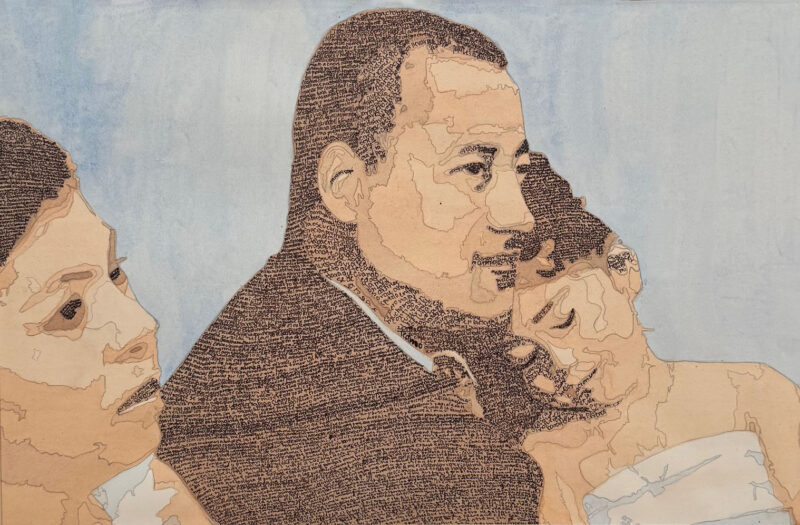
WCCUSD Student Artistic Achievement Awards Congratulations to the students who won Artistic Achievement Awards for their artwork in the 58th Annual WCCUSD Student Art Show! ARTISTIC ACHIEVEMENT AWARDS HONORABLE MENTIONS Top image: Lourdes Mendoza Ramos, Untitled, Watercolor and ink, John F. Kennedy High School
10 days left to apply! Richmond Artist Residency
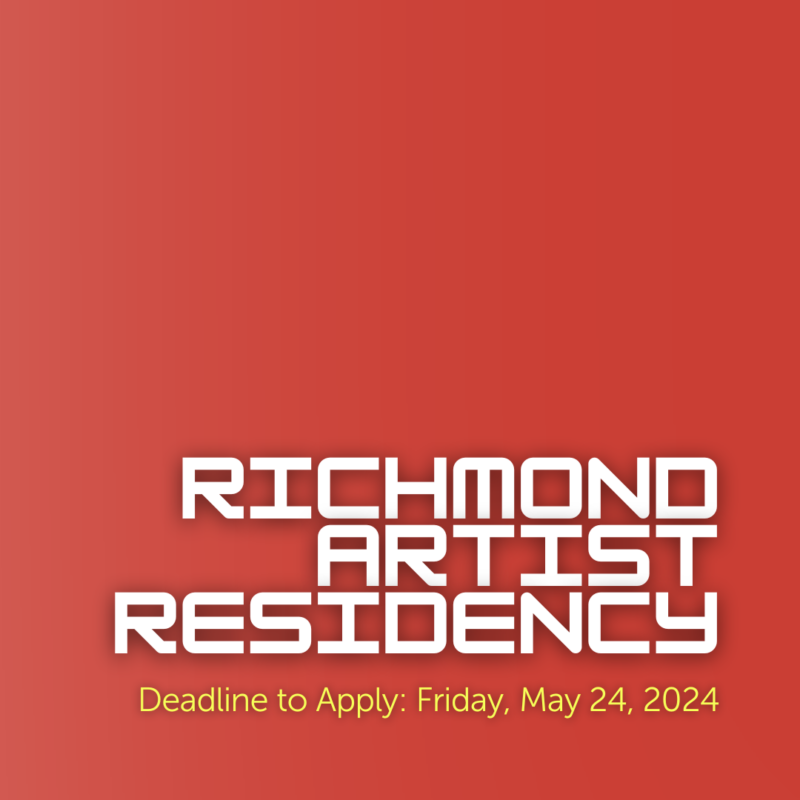
10 days left to apply! Richmond Artist Residency The Richmond Artist Residency offers one community-responsive artist a dedicated studio for 8 months, $8,000 artist stipend, opportunities to teach, exhibit, take classes, and develop strategies for community-based arts programming.
